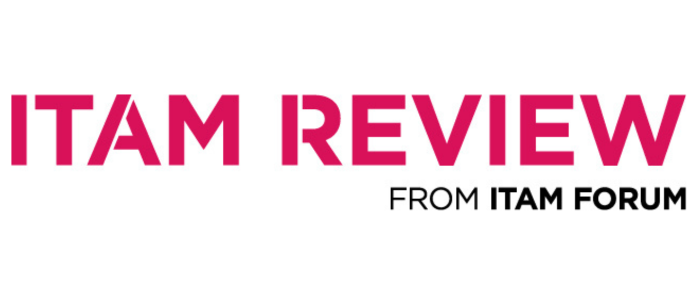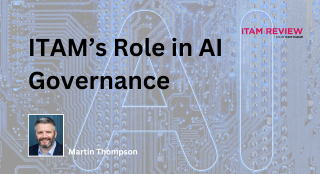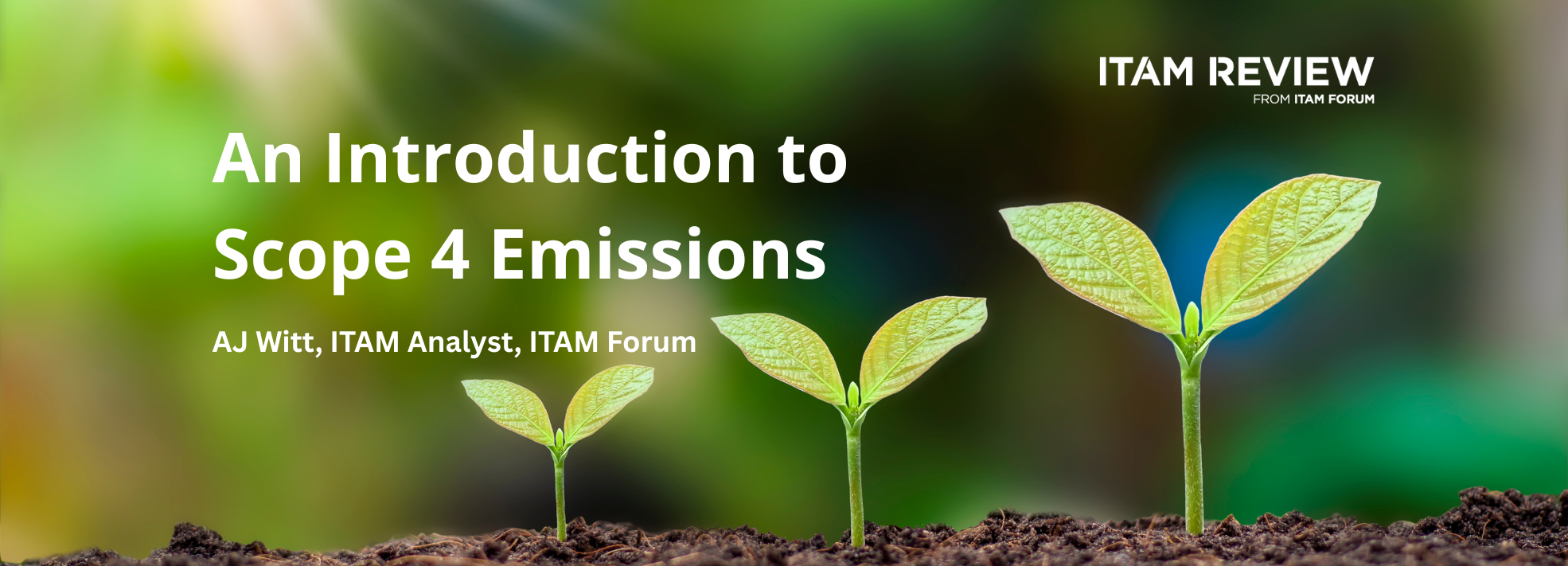ITAM Metrics
 This article has been contributed by Sherry Irwin.
This article has been contributed by Sherry Irwin.
Sherry is president of Technology Asset Management Inc and Founder and Chair of the Canadian IT Asset Management Users’ Group (CITAMUG).
One of many lessons learned over more than 25 years as an IT asset management (ITAM) advocate, educator, and consultant is the importance of metrics. As with most things in business, you can’t manage what you can’t measure. Lifecycle management of IT assets, licenses, contracts, vendors, and related financials – commonly referred to as IT asset management (ITAM) – is no different: metrics are a critical factor for ITAM success.
Metrics enable an organization to quantify and demonstrate:
- Magnitude, as needed to understand work effort and to ensure sufficient resources. ITAM budget and staffing for an organization with 5,000 workstations will be less than for an organization with 40,000 workstations.
- Results against the organization’s ITAM objectives and stakeholder expectations.
- The value of the ITAM function, based on results achieved.
- The effectiveness and efficiency of the ITAM function. It is possible to be successful in meeting the organization’s ITAM objectives (results), but not necessarily in an effective or efficient manner.
Additionally, metrics are needed to:
- Gain executive and stakeholder buy-in.
- Monitor progress and results.
- Identify problems and opportunities for improvement.
- Justify additional resources.
- Compare against other organizations.
Typically, metrics fall into one of five categories:
| Quantity: | } How many do we have? How many do we need? For example, assets, contracts, people. |
| Financial: | } What is the cost and value? How much money was saved or avoided? What is our comparative spend? (e.g., against budget or peers) |
| Compliance: | } What is the level of compliance in a specific area? For example, policies, contracts, licenses, regulations. |
| Quality: | } How good was the end result? For example, as to completeness, accuracy, timeliness. |
| Duration: | } How long does it take to achieve a desired result or perform a specific task? For example, to fulfill an approved requisition for software. |
In applying metrics to ITAM, I recommend that organizations:
- Identify and obtain consensus on the organization’s ITAM objectives, prioritized if possible.
- For each ITAM objective, select two or three metrics in the applicable categories (not all categories will apply to all objectives); be sure to select metrics that are achievable with reasonable effort.
- Establish a baseline measurement for each metric.
- Establish a method and accountability for ongoing measurement and analysis/reporting.
- Establish accountability for taking action on reported results.
- As ITAM expands and matures, change or expand the metrics as appropriate.
Note that, in defining and applying metrics, it is important to differentiate between the means to an end result versus the end result itself. For example, an accurate asset inventory is a means by which to facilitate more effective IT support – an end result that has value to the organization; the inventory is not an end result in and of itself.
Representative metrics include:
| Magnitude: |
|
| Results and Value: |
|
| Effectiveness and Efficiency: |
|
While requiring some up-front effort, such metrics will go a long way to obtaining and sustaining support for your ITAM program, at all levels in the organization. Organizations that have had the greatest ITAM success have proactively defined, tracked, analyzed, actioned, and improved on an evolving set of metrics that demonstrate value and allow for continuous improvement as the ITAM function matures.
This article has been contributed by Sherry Irwin. Sherry is president of Technology Asset Management Inc. as well as being the Founder and Chair of the Canadian IT Asset Management Users’ Group (CITAMUG).
Can’t find what you’re looking for?
More from ITAM News & Analysis
-
The Future of ITAM
As an ITAM Industry Analyst, I’m often asked what ITAM’s future looks like. This can be a tough question to answer because when it comes to the future, there are endless possibilities. Often, it seems, some ... -
The Allure of the Cloud: What are We Chasing?
When I ask ITAM professionals about their transition to the cloud, the responses are often similar. “It wasn’t my decision.” It’s striking how many people feel this way—decisions about moving from on-premises solutions to the cloud ... -
The M&S Cyberattack: How IT Asset Management Can Make or Break Your Recovery
Marks & Spencer (M&S), the iconic UK retailer, recently became the latest high-profile victim of a devastating cyberattack. Fellow retailers The Co-Op and Harrods were also attacked. Recent reports suggest the rapid action at the Co-Op ...
Podcast
ITAM training
Similar Posts
-
The M&S Cyberattack: How IT Asset Management Can Make or Break Your Recovery
Marks & Spencer (M&S), the iconic UK retailer, recently became the latest high-profile victim of a devastating cyberattack. Fellow retailers The Co-Op and Harrods were also attacked. Recent reports suggest the rapid action at the Co-Op ... -
AI in ITAM: Insightful Signals from the Front Line
During our Wisdom Unplugged USA event in New York in March 2025, we engaged ITAM professionals with three targeted polling questions to uncover their current thinking on Artificial Intelligence—what concerns them, where they see opportunity, and ... -
How ISO/IEC 19770-1 Can Help Meet FFIEC Requirements
In the world of ITAM, the regulatory spotlight continues to intensify, especially for financial institutions facing increasing scrutiny from regulatory bodies due to the growing importance of IT in operational resilience, service delivery, and risk management. ... -
An Introduction to Scope 4 Emissions
Executive Summary For ITAM teams, sustainability is a core responsibility and opportunity. Managing hardware, software, and cloud resources now comes with the ability to track, reduce, and report carbon emissions. Understanding emission scopes—from direct operational emissions ...





